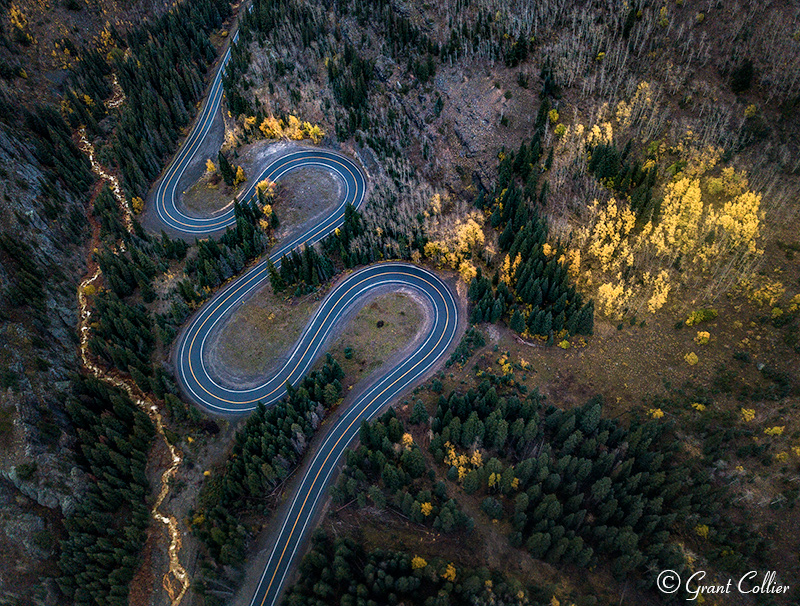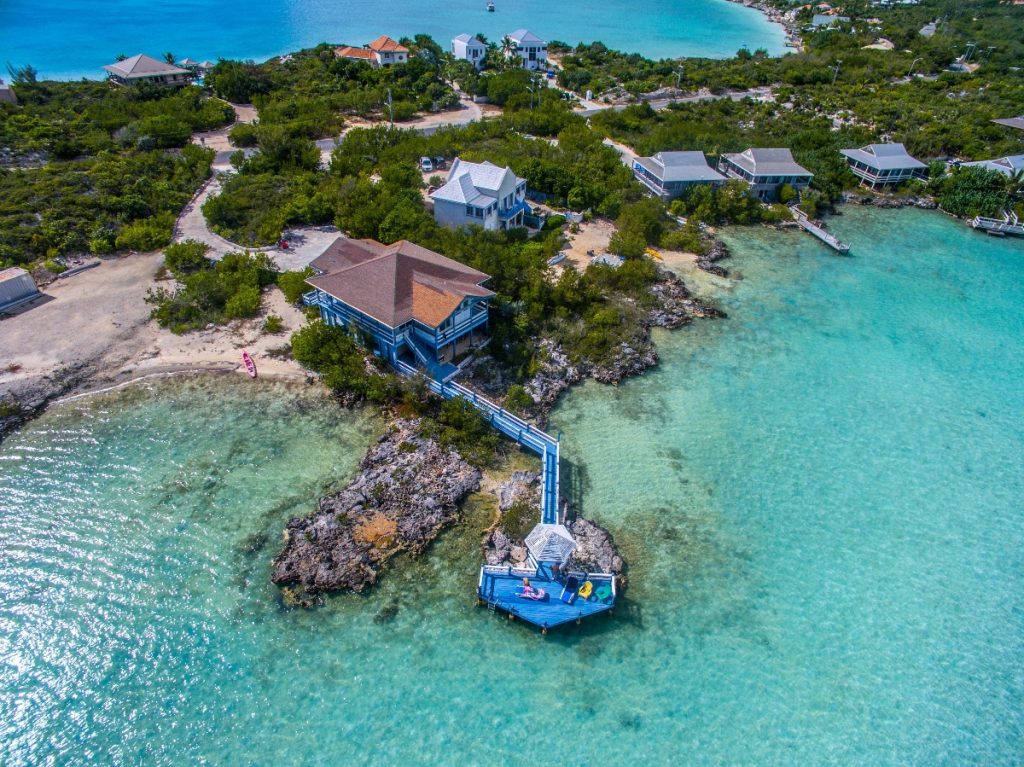Drone Photographer Coeur d'Alene Specializing in High-Quality Imagery
Drone Photographer Coeur d'Alene Specializing in High-Quality Imagery
Blog Article
Transform Your Perspective: The Art and Scientific Research Behind Drone Photography
Drone photography stands for a substantial crossway of creative vision and technological development, enabling developers to record perspectives previously unattainable. Comprehending the technicians of drone technology, from tools options to structure methods, is necessary for achieving engaging images. Factors to consider such as illumination and ecological problems can exceptionally influence the final outcome. As professional photographers fine-tune their abilities in both airborne technique and post-processing, they unlock a richer narrative capacity. What really distinguishes efficient drone photography from mere aerial snapshots? Exploring this concern exposes deeper insights right into the craft and its progressing landscape.
Understanding Drone Innovation
Comprehending drone innovation is necessary for any person thinking about utilizing its abilities for digital photography. Drones, or unmanned aerial vehicles (UAVs), rely upon a mix of software and hardware to accomplish flight and capture imagery. At their core, these tools are furnished with sensors, electronic cameras, and navigating systems that enable them to fly autonomously or be regulated remotely.
The key components of drone modern technology consist of the flight controller, which functions as the brain of the drone, refining data from various sensors to make certain steady trip. Additionally, GPS innovation plays an important role in navigating, allowing drones to follow pre-defined trip paths and maintain their setting even in tough conditions.

Additionally, comprehending the regulatory landscape surrounding drone use is essential, as it governs where and exactly how drones can be operated, guaranteeing safety and compliance. Familiarity with these facets of drone innovation empowers professional photographers to maximize their innovative capacity while sticking to lawful standards.
Important Tools for Drone Digital Photography
Picking the right equipment is critical for attaining phenomenal outcomes in drone digital photography. At the heart of this arrangement is the drone itself, which must be chosen based on trip security, video camera high quality, and simplicity of use. Popular versions commonly include built-in high-def cams that capture magnificent airborne photos.
In enhancement to the drone, buying a top notch cam is important. Numerous drones come outfitted with electronic cameras capable of shooting in 4K resolution, however, for professional-grade outcomes, think about a drone that permits interchangeable electronic cameras or supports larger sensing units. This flexibility can substantially boost picture high quality.
Stablizing is an additional vital aspect. A three-axis gimbal is recommended for smooth footage, lessening vibrations that can interfere with picture quality. Additionally, additional batteries and a reputable battery charger make certain prolonged trip time, permitting for more thorough shoots.
Mastering Composition Techniques
Grasping make-up methods is basic to elevating your drone digital photography from common to phenomenal. A well-composed picture captures the audience's focus and communicates a powerful story.
Among the important principles to think about is the go to this website policy of thirds, which includes separating your structure right into a grid of nine equivalent parts. Positioning key aspects along these lines or at their junctions produces visual passion and equilibrium. Furthermore, leading lines can guide the audience's eye through the picture, attracting interest to the subject and adding deepness.
Another effective technique is framing, where natural aspects such as structures or trees encase the topic, improving the centerpiece. This approach not only provides context but additionally develops a sense of intimacy within the scene.

Lastly, constantly be mindful of the perspective line. A misaligned perspective can sidetrack and take away from an or else captivating picture. By understanding these make-up strategies, you can significantly enhance the effect of your drone photography.
Illumination and Climate Factors To Consider
In drone digital photography, the interaction of lighting and weather condition can drastically influence the high quality and mood of your images. Optimum lights conditions are important; the golden hours-- shortly after daybreak and before sunset-- use wikipedia reference soft, diffused light that improves shades and lessens harsh darkness. Throughout these times, the landscape shows up a lot more vibrant and vibrant, permitting spectacular airborne shots.
On the other hand, cloudy skies can produce a level, soft combination, yet they can additionally provide even lighting that decreases contrast and highlights details in the setting. This can be advantageous for capturing appearances in metropolitan setups or detailed patterns in nature.
Weather, such as fog, snow, or rainfall, can likewise add distinct components to your digital photography. Fog can develop a sense of enigma, while rainfall can boost shades and saturate the landscape. It is Full Article important to think about the safety and security of your drone; flying in adverse weather condition conditions can lead to tools damages or loss of control.
Ultimately, recognizing how lighting and weather impact your aerial shots permits you to select the optimal problems for your drone digital photography, guaranteeing engaging and aesthetically striking images.
Post-Processing Tips and Tricks
After catching magnificent airborne images, the next step entails refining those shots via post-processing. This essential stage enhances the visual impact of your pictures, enabling you to highlight the one-of-a-kind viewpoints that drones supply.
Begin with software application tools like Adobe Lightroom or Photoshop, which use durable editing capacities. Begin by correcting direct exposure and white balance to guarantee that your shades appear real to life. Use pie chart checks to accomplish optimum brightness levels, avoiding too much exposure or loss of detail in shadows.
Following, improve contrast to add depth to your images. Changing quality can develop important information without introducing noise, which is especially beneficial in aerial shots where appearance plays a substantial function. Don't shy away from cropping; this can help focus the audience's focus on the main topic.
Color grading is one more effective tool. Explore saturation and vibrance to make the landscape pop, however apply these changes judiciously to preserve an all-natural look. Finally, consider using a mild vignette to guide the visitor's eye toward the facility of the picture. By understanding these post-processing strategies, you can raise your drone photography to new heights.
Verdict

What truly differentiates reliable drone photography from plain airborne photos? Numerous drones come geared up with cams qualified of capturing in 4K resolution, but for professional-grade results, take into consideration a drone that allows for interchangeable video cameras or sustains bigger sensing units. By mastering these structure strategies, you can substantially boost the impact of your drone digital photography.
In drone digital photography, the interplay of illumination and climate can dramatically affect the top quality and state of mind of your photos (real estate drone photographer). By grasping these post-processing methods, you can raise your drone digital photography to new elevations
Report this page